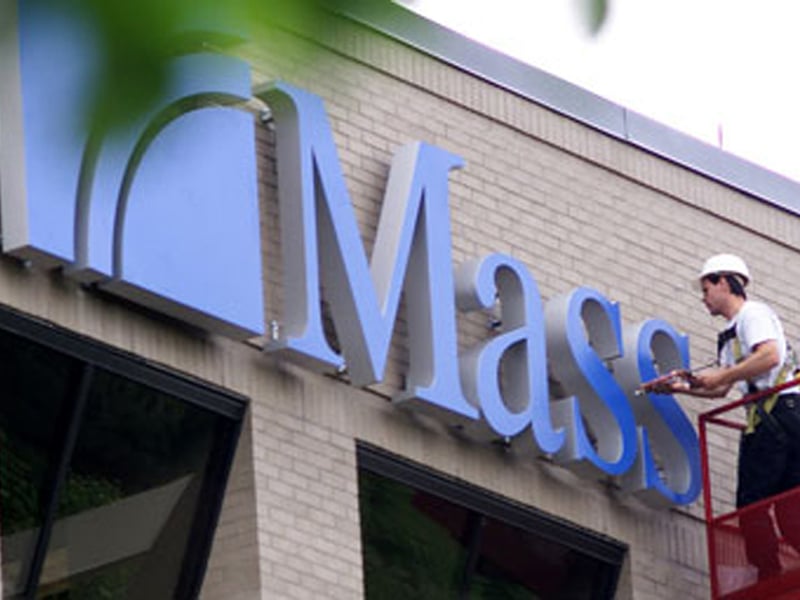MassMutual Retirement Services, seizing on huge growth among asset-allocation products in the defined-contribution market, has partnered with Envestnet Retirement Solutions to launch its first managed-account service for plan participants.
The plan provider is publicly announcing the roll-out of the product, RetireSmart Ready Managed Path, on Tuesday. MassMutual will be competing in a universe of roughly 10 managed-account providers, the largest of which are Financial Engines Inc., Morningstar Inc. and GuidedChoice Inc., according to research firm Strategic Insight.
Envestnet Retirement Solutions, a registered investment adviser and subsidiary of Envestnet Inc., a
major player in the adviser tech industry, is the investment manager for the RetireSmart product. It serves as a Section 3(38) investment fiduciary under the Employee Retirement Income Security Act of 1974. As is typical with managed accounts, Envestnet will manage the accounts using funds available on a plan's lineup.
Using MassMutual's PlanALYTICS functionality, the product gives income-replacement projections for participants, bundling in Social Security benefits to show if a participant is on track to replace at least 75% of income in retirement. Envestnet has been a partner with MassMutual on PlanALYTICS for the past several years, said Tina Wilson, senior vice president of product management at MassMutual Retirement Services.
Last year, MassMutual also teamed with BlackRock Inc. to offer a
customized glidepath and asset allocation at the plan level.
POPULARITY IN DC PLANS
Managed accounts, an alternative to target-date funds that customizes asset allocation for a participant based on personal savings data and risk tolerance, have been
gaining in popularity in DC plans. A large reason for that is the Pension Protection Act of 2006, which gives legal protections to plan sponsors using managed accounts, target-date or target-risk funds as a qualified default investment alternative (QDIA).
TDFs, though, are the dominant default in DC plans. Whereas 72% of 401(k) plans designate a TDF as their default investment, that's only true for 4.5% of plans with respect to a professionally managed account, according to the Plan Sponsor Council of America.
That's partly due to the simplicity of TDFs, because participant fund selection is based solely off age, said Bridget Bearden, director of retirement research at Strategic Insight. Further, asset allocations within TDFs have grown increasingly sophisticated and there's a wider variety of TDFs to choose from, Ms. Bearden said, explaining that there are roughly 90 target-date products currently on the market.
Strategic Insight estimates total DC managed account assets at $170 billion, a sliver of the approximately $1.1 trillion in TDFs. The DC market as a whole
has around $6.8 trillion.
Mega-sized DC plans, or those with more than $500 billion in assets, are increasingly turning to managed accounts as a default option — there was a
year-on-year uptick of 13 percentage points, to 18%, in the number of large plans using the vehicle as a QDIA, according to a recent study from Cogent Reports, owned by Market Strategies International. That's mainly due to the desire for increased personalization for participants among these plan sponsors, the report says.
SLOW ADOPTION
MassMutual's Ms. Wilson said there hasn't been as much adoption of managed accounts among participants as the industry would have expected, but noted she expects “adoption rates to go up significantly.”
A recent Morningstar report supported that notion, finding that while it's unlikely managed accounts will surpass TDFs as the go-to QDIA, they will likely grow in popularity.
MassMutual initially launched the managed accounts for plans with $5 million or more and for which it is the record keeper, and is evaluating whether it will eventually make the product available to smaller plans. Ms. Wilson pegged the cost for participants at 50 basis points. Plans can use product as a QDIA beginning in the fall.
MassMutual is working on a re-enrollment product associated with the managed account that is designed to drive costs “significantly lower,” Ms. Wilson said. She declined to provide further detail. Re-enrollment is the process by which an employer automatically re-enrolls participants into the plan's default investment unless a participant elects otherwise.
Fees have been a sticking point to uptake of managed accounts, because participants pay a fee for the managed-account service as well as the underlying fund fees.







